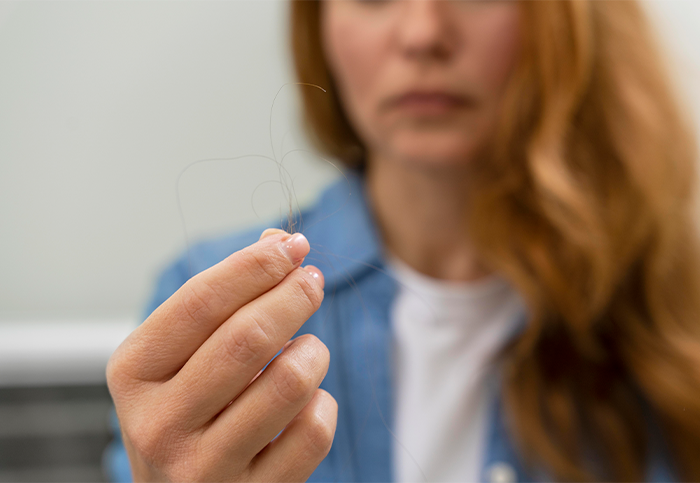Bone up on osteoporosis! Here is what you need to know about bone remodelling
“What would a brittle bone say to osteoporosis?”
“Ummm, maybe something like, ‘I am weak.’”
“Nope!”
“Okay, how about, ‘You can’t break me?’”
“Nuh-uh!”
(insert drum roll)
“Alright, here it is: ‘Stop cracking me up—I’m already fragile enough!’”
If this didn’t give you a chuckle, what you are going to read ahead might give you a reality check! Osteoporosis is tough, unyielding, and a real challenge—there is no bone about it! (Well, actually, there are 206 bones about it!)
Osteoporosis is a disease in which the bones become weak as dry twigs, brittle as a fallen leaf in autumn and definitely not the way you want to go with your bones. People with osteoporosis might not even know they have it until they get a fracture from a fall or a bump. Menopausal women and men above 60 years of age are more prone to the delirious effects of osteoporosis.

While the gravest symptoms of osteoporosis manifest in old age, the bricks of the problems are laid at a very early age, as early as adolescence. Our bodies have a very intricate process of bone formation and what if I tell you that till the age of 20, our bones are continuously being formed and broken down? In the world of biology, this process is called bone remodelling.
Think of bones as an old building apartment, that has been standing in its place for years and then a new contractor buys this old, near-to-dilapidation building and starts rebuilding it.
Firstly, the osteoclast cells also known as the demolition crew, come stomping in. They swoop in to tear down the old, worn-out sections of bone that just aren’t cutting it anymore.
Then, enter the osteoblasts, the enthusiastic builders. They show up with tools (and a Pinterest board), ready to transform the space. “Let’s make this bone bigger and better!” they say, laying down fresh new material.
The osteoclast, the bone deforming cells, and osteoblast, the bone forming cells work in this continuous cycle to make new, healthy and strong bones. This only occurs till the age of 20. If in those early years, the body is not given the right amount of calcium, and vitamin D, it might end up forming weak bones that are not up to the mark. That means you could be stuck all your life with bones so flimsy, they’d make a spaghetti noodle look like a steel beam (that’s just an exaggeration!)
Before you think that this is the end, and there is no way out! Wait!
As mentioned earlier, our bodies are intricate and so before throwing a full-blown osteoporosis at you, the body gives subtle hints as a trailer to a film. This pre-stage of osteoporosis is called osteopenia.

The right steps taken at this stage can prevent osteoporosis! Firstly, slow down bone loss. Consuming adequate Calcium and Vitamin D will ensure that bone depletion does not occur after 20 years of age! One way to do that is supplement your diet with supplements like Nucal-Z or Bonex Gummies. Apart from it, low-impact exercise can also do wonders. A rather unique precautionary step is vibration therapy which helps in bone build-up.
Follow these steps, so that you can go osteoporosis? More like “Osteo-Nope-sis” (with a talk-to-my-hand attitude)
References
https://www.ncbi.nlm.nih.gov/pmc/articles/PMC5335887/
https://www.ncbi.nlm.nih.gov/books/NBK499863/
https://www.health.harvard.edu/diseases-and-conditions/no-bones-about-it
https://www.health.harvard.edu/staying-healthy/4-steps-to-battle-early-signs-of-brittle-bones



